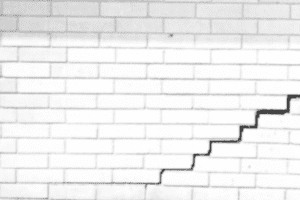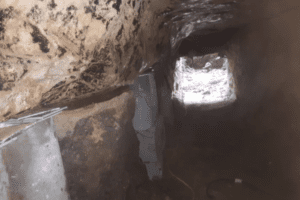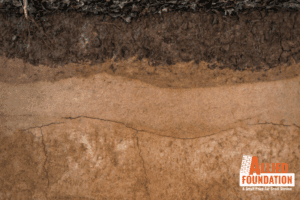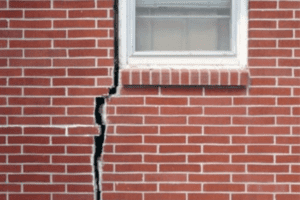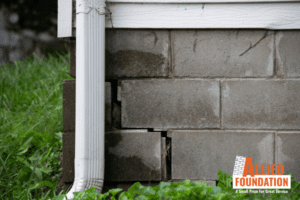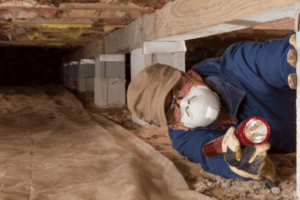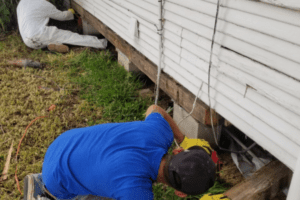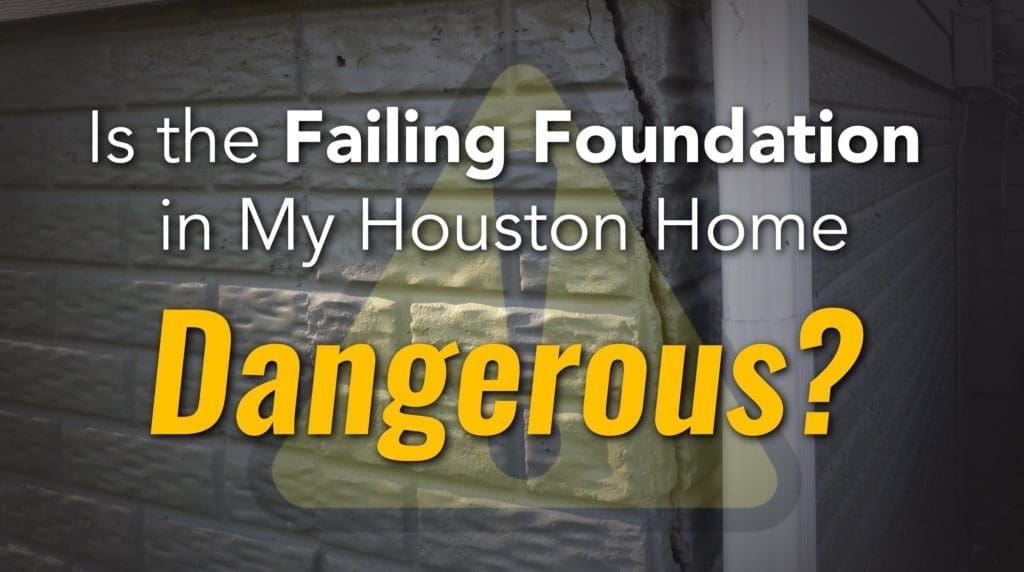If you’ve started noticing signs of foundation failure in your home, you’re probably wondering how much time you have before the problem becomes a serious hazard. Knowing how and when to treat your foundation to prevent further damage is an important part of keeping your home safe and avoiding costly repairs in the future. This blog post will guide you through the most common warning signs of foundation damage so you’ll know when it’s time to call for professional help.
Cracks in Your Houston Home Foundation
Stress cracks, also referred to as shrinkage cracks, often develop in the upper layers of foundations due to house settling, which is a completely natural process, especially in new construction. But foundation cracks also tend to appear in older Houston homes when seasons change, and the soil beneath the foundation expands or contracts as a result. These cracks are divided into two categories:
Cracks Smaller Than ¼″: For the most part, if the cracks remain under ¼″ wide, you don’t have to worry too much. The best thing to do is measure the width of the crack at both ends, so you’ll be able to track it and determine if it gets wider with time. If the crack doesn’t grow, you can find various sealants and patches available for fixing foundation cracks. However, most experts recommend waiting one full year before you attempt to repair the damage. That’s because the crack may continue to expand through all four seasons until it stabilizes. Once an entire year has passed, and the crack has stabilized, you can fill it with sealant as it most probably won’t grow any further.
Cracks Wider Than ½″: If you are noticing cracks that exceed ½″ at their widest point, they could be a sign of danger. Cracks of this size usually indicate that there is serious damage all the way through your foundation. Since large cracks are often the result of soil expansion, contraction, erosion, or a combination of these three factors, you may observe that one section of your foundation sits noticeably higher than the rest. Because it is visible, this type of damage is quite easy to detect and can serve as an indicator of severe foundation problems. In this case, the best way to address the problem is to have an experienced foundation repair professional assess the extent of the damage and create a plan of action for lifting, leveling, and stabilizing the foundation back into place before the situation worsens.
Cracks in Walls and Floors
Another sign suggesting that your house may be in danger is long horizontal or vertical cracks in your drywall or outer wall surfaces. In general, these types of cracks indicate that the foundation has applied enough pressure to the wall to make it crack and even bow. At this point, any additional pressure added to the wall could cause it to shift dangerously and even collapse. Most people notice that they have stuck doors and windows long before their walls reach this level of damage. So, if you’ve observed that the windows and doors in your home are difficult to open and close, and horizontal and/or vertical cracks have started to develop in your walls, it is past time to call in a foundation repair contractor.
In addition to addressing the underlying causes of foundation failure, a foundation repair crew will also fix or at least stabilize the walls affected by your failing foundation. If a wall shows signs of bowing, the correcting measures usually involve installing additional elements (e.g. carbon fiber straps, beams, wall plate anchors, and/or helical tie-backs) to support the structure and relieving the pressure on the wall—thus, preventing it from shifting sideways or breaking outward—and making all the foundation repairs required.
While cracks in your foundation and walls are the typical symptoms of a failing foundation, there are cases in which the floor shows the first signs of foundation damage. In the case of a tile floor, a foundation crack may cause the tiles to detach from the slab and even crack all the way through. This happens when the pressure resulting from the foundation movement and/or cracking exceeds the tensile strength of the tiles or the adhesive that holds the tiles in place. In hardwood flooring, foundation movement manifests itself as buckling, crowning, or warping that usually occurs right above the affected area of the foundation. If you’ve also noticed that your floor slopes away, the foundation may need to be lifted and leveled by a foundation repair contractor before the cracks can be repaired, the slab fixed, and the tiles or floorboards replaced.
For the most part, small cracks associated with a settling foundation are completely normal. However, if left untreated, those small cracks can develop into major problems and create a dangerous situation inside your home. Therefore, whenever you notice cracks in your foundation or walls, make sure to record their size so you can monitor them for future growth. If a crack exceeds 1/2″ in width or has made its way deep into a wall, be sure to call Allied Foundation to schedule your free foundation inspection and estimate!
